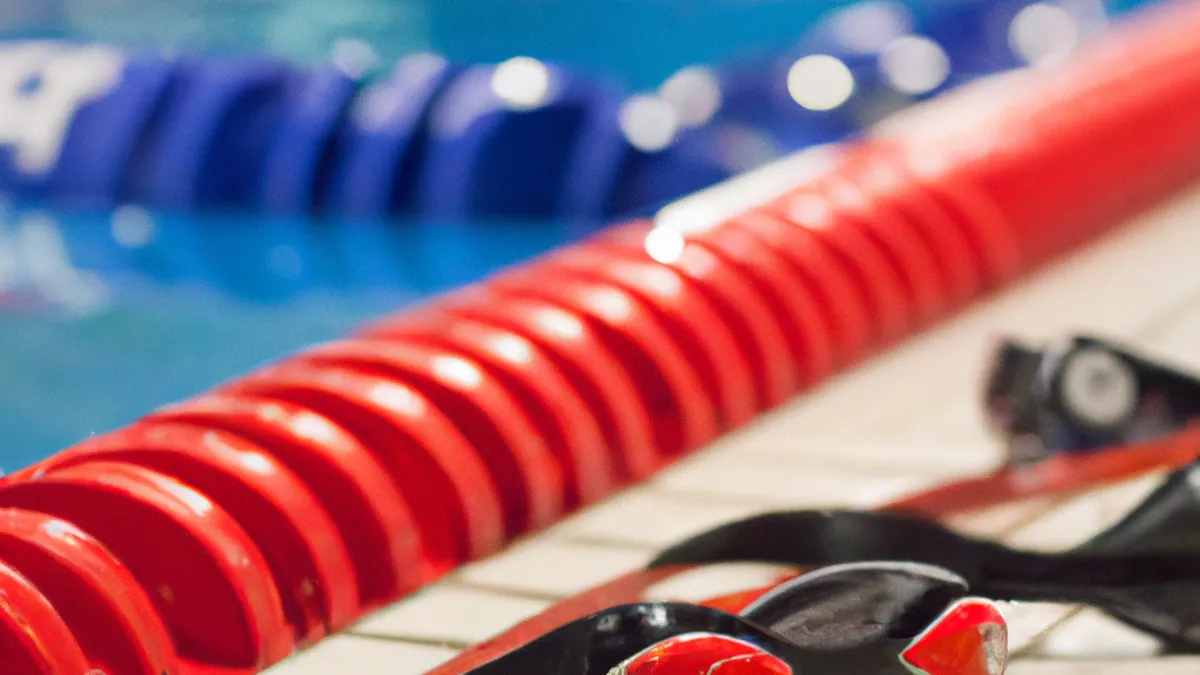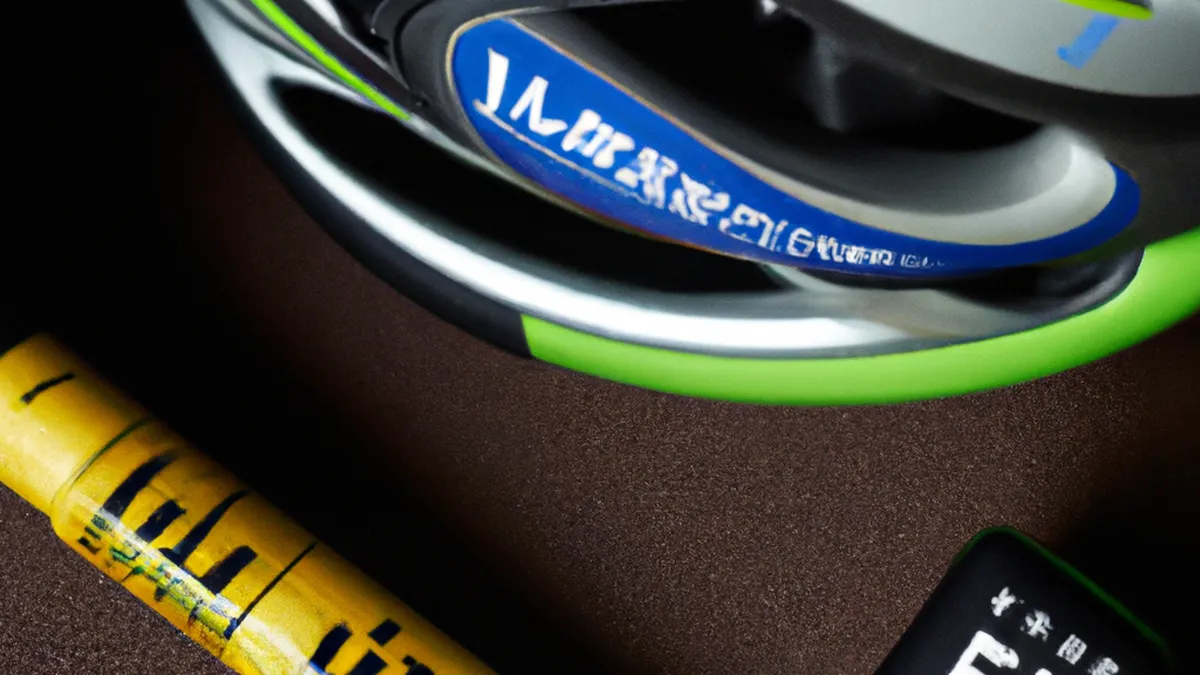Nail Your Sprint Timing with These Tips
Timing Your Sprint Attack: Mastering the Art of TimingIn competitive sports, timing makes a significant difference. Cyclists, runners, and sprinters must know when to unleash their power. A well-timed sprint can secure victory, while poor timing leads to missed chances. This blog post explores strategies for timing your sprint attack, the importance of timing, and tips to master this skill.
Understanding the Importance of Timing
Timing your sprint attack requires more than raw speed. You must stay aware of your surroundings and understand your stamina. First, gauge your competitor’s pace. Second, assess your energy levels. These factors determine when to launch your sprint.Proper timing prevents burnout. Sprinting too early tires you before the finish line. Conversely, waiting too long lets competitors pull ahead. Mastering sprint timing enhances performance and can change a race’s outcome.
The Psychological Aspect of Timing
Timing has a psychological component. Pressure from competitors, crowds, and personal expectations can affect athletes. Maintaining composure and executing your sprint at the right moment distinguishes success from failure. A well-timed attack can demoralize opponents and give you a mental edge. Poor timing can lead to frustration and defeat.
Tips for Timing Your Sprint Attack
As an Amazon Associate I earn from qualifying purchases.
Gear tip: consider bike helmet, cycling shoes, and bike computer to support this topic.
1. Know Your Distance
Different distances require different sprinting strategies. For short distances, a powerful sprint proves effective. In longer races, energy conservation becomes critical. For a 5K or 10K, maintain a steady pace and consider a full sprint in the last quarter. Understanding your race distance helps you plan your energy output.
2. Observe Your Opponents
Keeping an eye on competitors is essential. Watch for signs of fatigue, such as labored breathing or decreased speed. If others start to slow down, it may be your moment to strike. Timing your sprint when others falter gives you an edge. This enhances your winning chances and asserts mental dominance over competitors.
3. Listen to Your Body
Your body sends signals to help determine the right time to sprint. Pay attention to energy levels, heart rate, and fatigue. If you feel a sudden burst of energy, it may be time to sprint. Conversely, if fatigue creeps in, hold back and save energy for a more strategic moment. Trusting your instincts is vital.
Conclusion
In summary, mastering sprint timing can greatly enhance your performance. Understand your distance, observe opponents, and listen to your body. Doing so will improve your chances of success in competitive races.
Below are related products based on this post:
FAQ
Why is timing important in sprinting?
Timing is crucial in sprinting because it significantly impacts performance and race outcomes. Proper timing helps prevent burnout and allows athletes to effectively utilize their energy, making the difference between winning and losing.
How can I improve my sprint timing?
Improving sprint timing involves understanding your race distance, observing your competitors, and listening to your body. By gauging your energy levels and recognizing when opponents are fatigued, you can better plan your sprint attack.
What should I focus on during a race to time my sprint effectively?
During a race, focus on your distance strategy, monitor your competitors for signs of fatigue, and stay attuned to your own body signals. These elements will help you determine the optimal moment to launch your sprint for maximum impact.















Post Comment